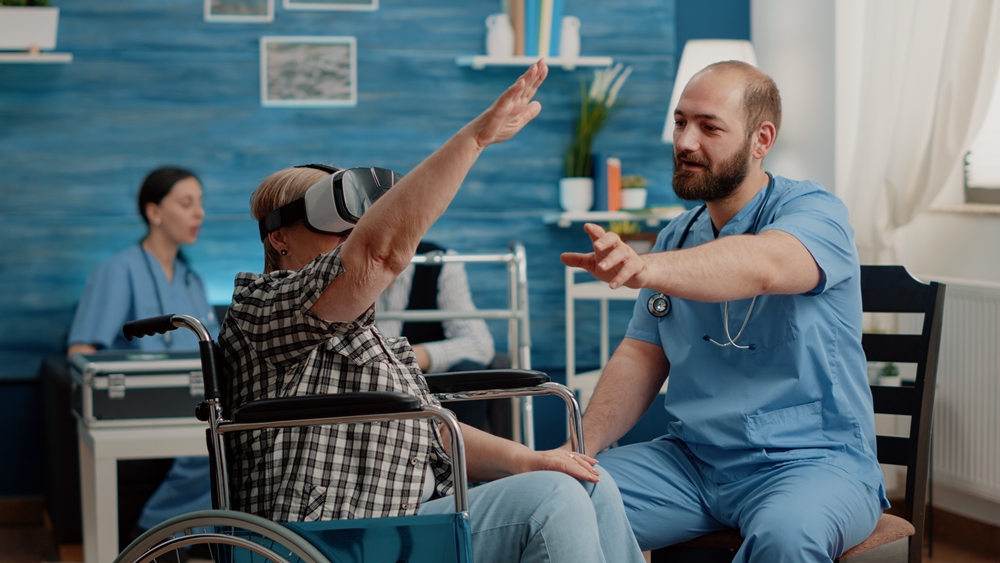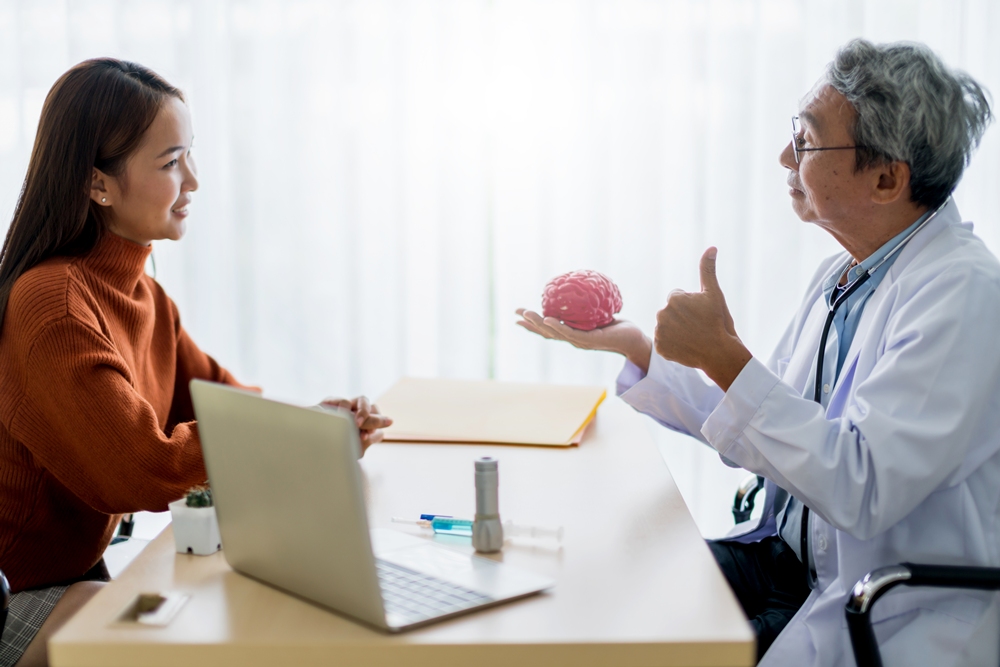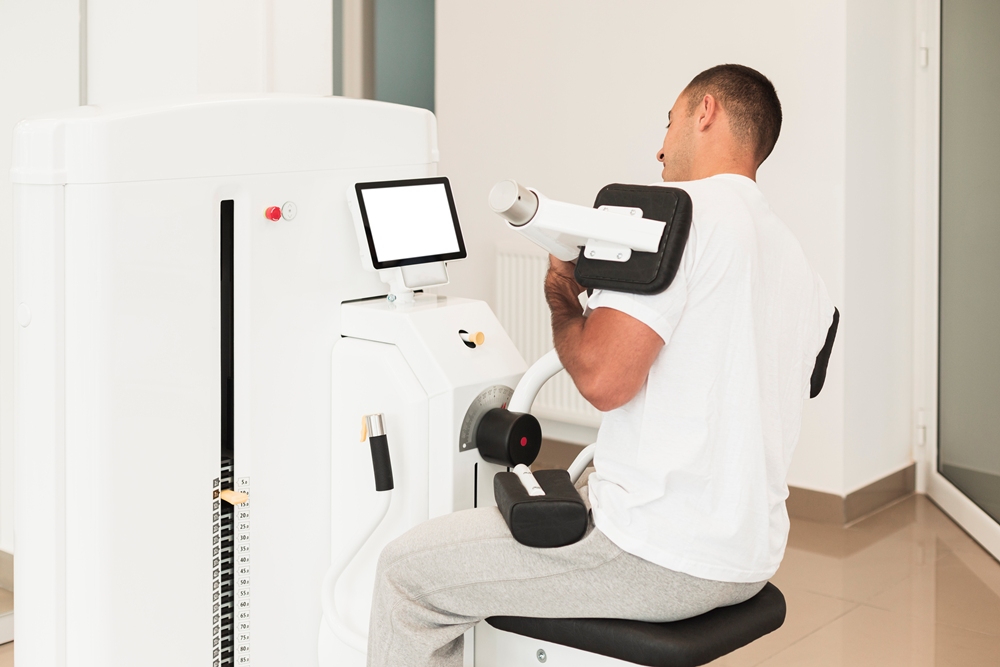VR training task helps stroke recovery, study finds

A new virtual reality training task developed by researchers in Finland shows promise for helping stroke survivors with visuospatial neglect, a condition that affects awareness of one side of space.
The VR-based rehabilitation tool combines audiovisual cues with physiotherapy exercises to support recovery.
Visuospatial neglect (VSN) affects about 30 per cent of stroke survivors and can cause people to ignore or be unaware of objects and space on one side of their body, usually the left.
A team at the University of Jyväskylä (JYU) created and tested the system with physiotherapists to explore whether interactive hand-grasping tasks paired with visual and spatial audio cues could aid rehabilitation.
VSN can have a severe impact on daily life, increasing the risk of falls and limiting independence.
Traditional rehabilitation typically involves repetitive, therapist-led exercises that can be physically demanding and demotivating for patients.
Dr Andrew Danso is lead author and researcher at JYU’s Centre of Excellence in Music, Mind, Body and Brain.
He said: “Our goal was to design a VR-based rehabilitation tool that is both engaging and adaptable, while keeping the physiotherapist central to the process.
“By combining audio and visual cues with physiotherapy practice, we explored how VR can encourage patients to direct their attention to the neglected side, while also providing a motivating experience.”
In the study, two stroke survivors with VSN took part in 12 VR-assisted physiotherapy sessions.
Both reported positive experiences, describing the training as enjoyable and different from standard physiotherapy.
One patient said it improved their confidence in walking and mobility, while physiotherapy trainees who observed the sessions rated the system as safe, usable and engaging.
The researchers said the findings are preliminary but show the potential of VR as a patient-first rehabilitation tool that can be tailored to individual needs.
Future research at the University of Jyväskylä and its collaborating institutions will expand testing to larger groups and evaluate the clinical effects of audiovisual cueing on rehabilitation outcomes.










